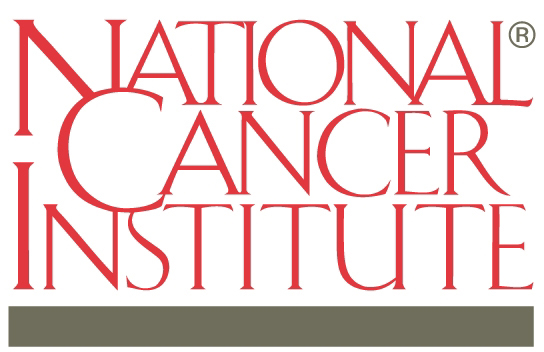“Just like the transistor is the basis of computers, the ion channel is the basic element in many processes in biology,” explains Peter Burke, who heads the nanotechnology group at the University of California at Irvine. He lists some of the aspects of the body they affect, which include neurons (and hence human thought) but also a variety of other processes, such as synthesis of the energy-storage molecule ATP in mitochondria. In fact, ion channels are crucial……Read more.
Silicon nanowires sense single ion channel currents
April 30, 2018 – A mirror reflects light, thanks to a thin metallic film attached to the glass, which serves as a conductor. A window lets light pass through completely; it is an insulator and a transmitter. Now, imagine changing that mirror into a window simply by applying a direct current voltage to it…..Read more.
Scientists Use Graphene to Study Mitochondria
![]() Oct. 27, 2016 – Employing a novel sensor made of graphene – a one-atom-thin layer of carbon – UC Irvine researchers have gained new insight into the process of programmed cell death in mitochondria, possibly opening the door to new ways of forcing cancer cells to self-destruct…..Read more.
Oct. 27, 2016 – Employing a novel sensor made of graphene – a one-atom-thin layer of carbon – UC Irvine researchers have gained new insight into the process of programmed cell death in mitochondria, possibly opening the door to new ways of forcing cancer cells to self-destruct…..Read more.
Burke Wins DoD Instrument Grant
![]() June 15, 2015 — Electrical and computer engineering professor Peter Burke is the recipient of a highly competitive instrumentation award from the Department of Defense…Read more.
June 15, 2015 — Electrical and computer engineering professor Peter Burke is the recipient of a highly competitive instrumentation award from the Department of Defense…Read more.
Measuring ‘brainstorms’
![]() Burke’s team developed a detector that offers a window into the inner workings of the brain and a brand-new tool for future research….Read more.
Burke’s team developed a detector that offers a window into the inner workings of the brain and a brand-new tool for future research….Read more.
Cancer Cell Project gets National Cancer Institute Funding
 Burke’s team is using nanofluidics to peer into the life and death cycle of cancer cells…Read more
Burke’s team is using nanofluidics to peer into the life and death cycle of cancer cells…Read more
Tuning in to Graphene
![]() Burke’s team proved that graphene could function over a broad frequency range—at DC, 10GHz, 100GHz, and 100GHz–1.5THz in a single sweep…Read more
Burke’s team proved that graphene could function over a broad frequency range—at DC, 10GHz, 100GHz, and 100GHz–1.5THz in a single sweep…Read more
Spying On Subcellular Structures
![]() Burke’s team used soft lithography to etch a silicon chip that served as a mold to make a nanofluidics device out of the polymer polydimethylsiloxane…Read more.
Burke’s team used soft lithography to etch a silicon chip that served as a mold to make a nanofluidics device out of the polymer polydimethylsiloxane…Read more.
DOD Awards $227 Million in Research Funding
![]() The Department of Defense (DoD) announced plans today to make 32 awards to academic institutions to perform multidisciplinary basic research…Read more.
The Department of Defense (DoD) announced plans today to make 32 awards to academic institutions to perform multidisciplinary basic research…Read more.